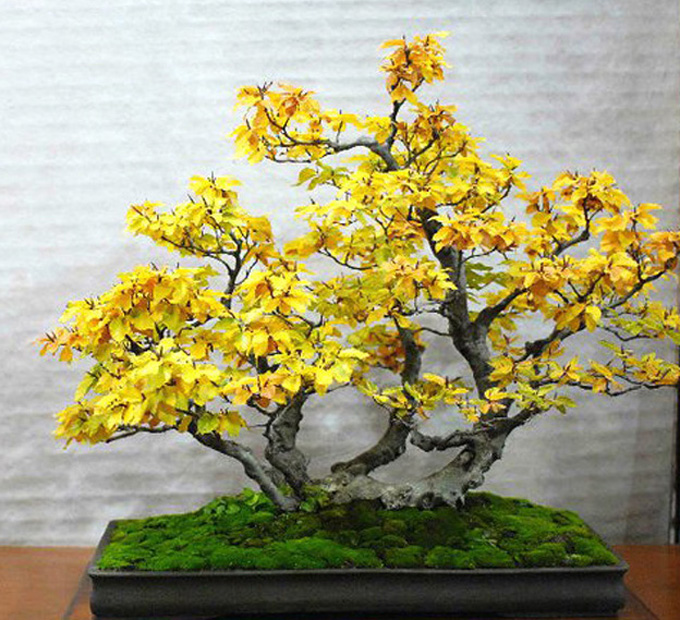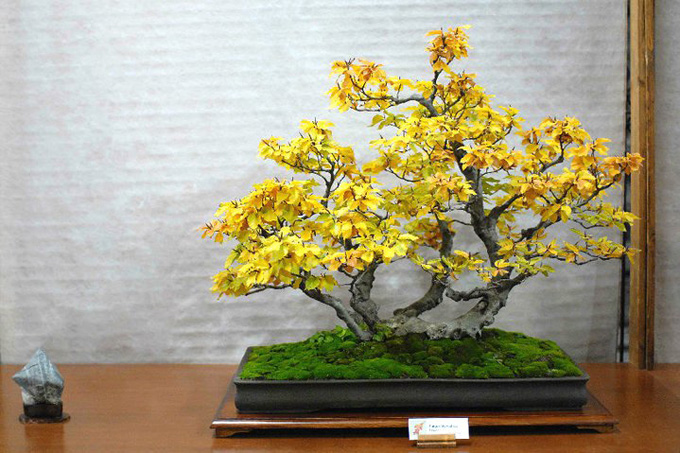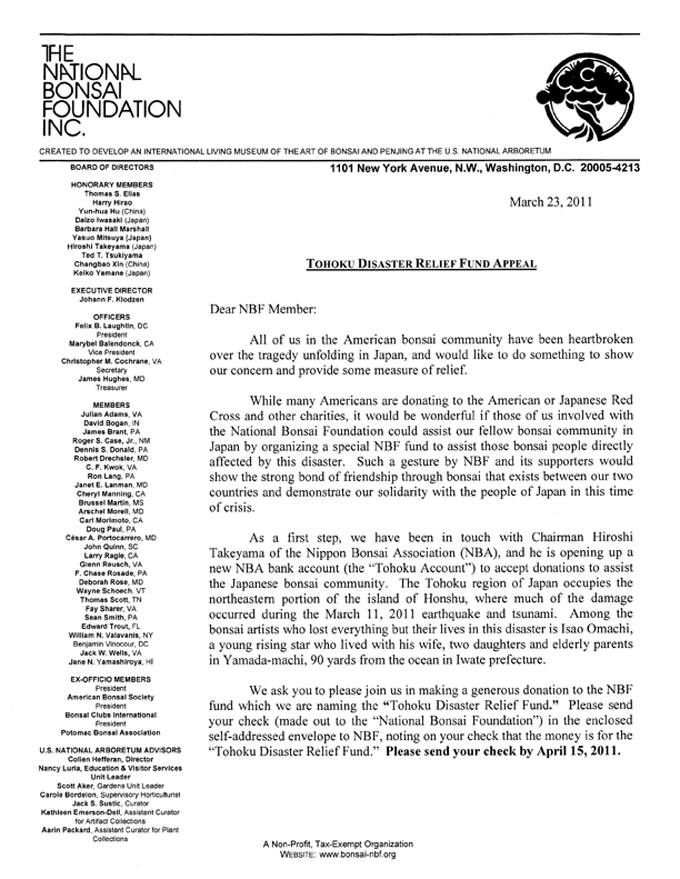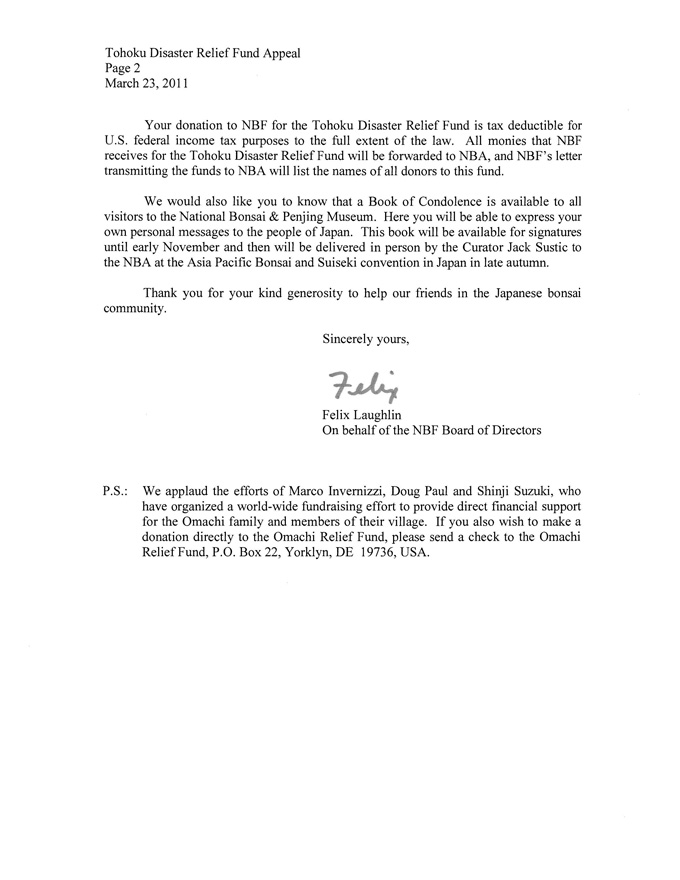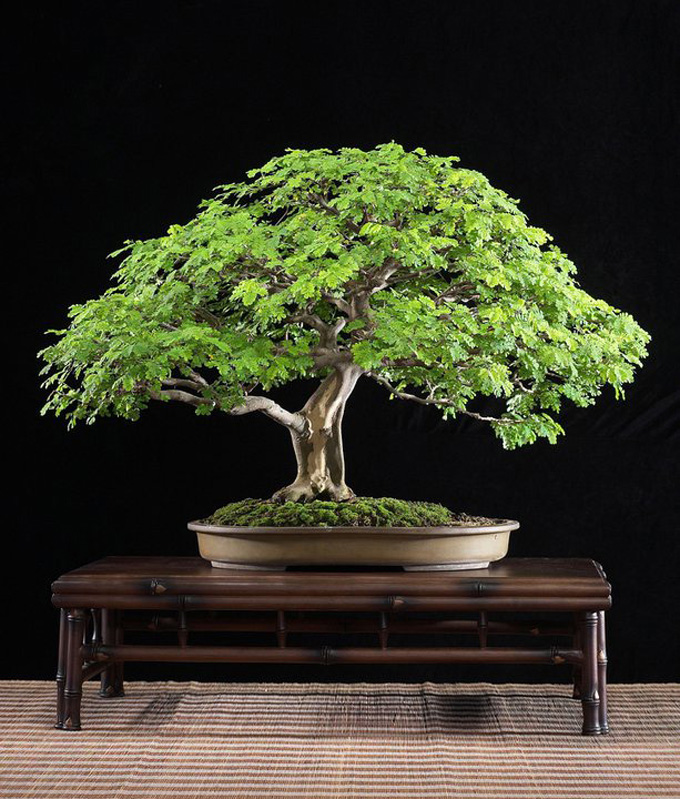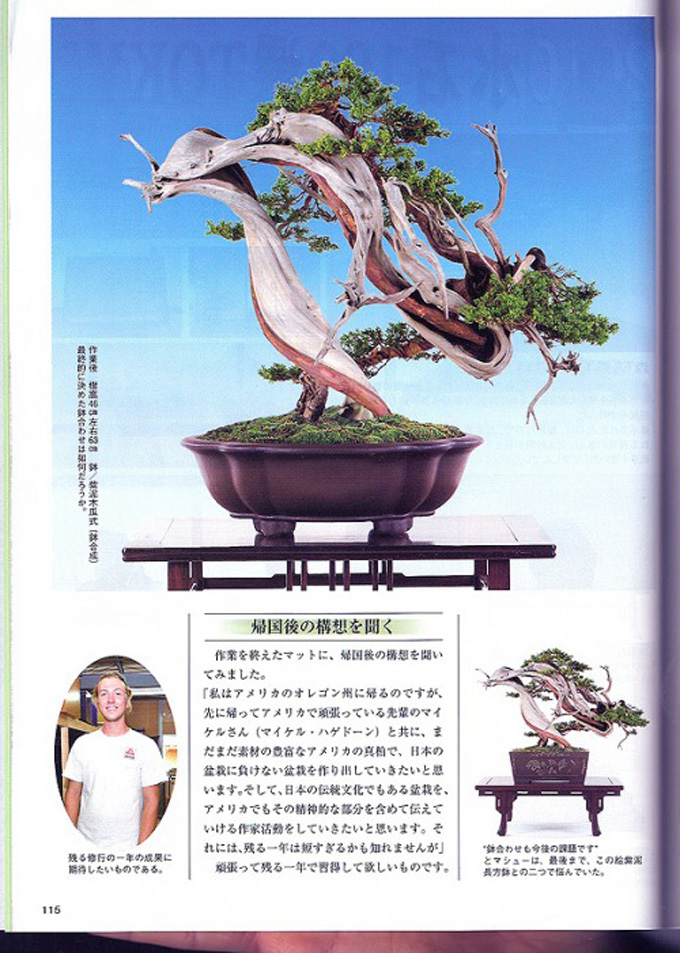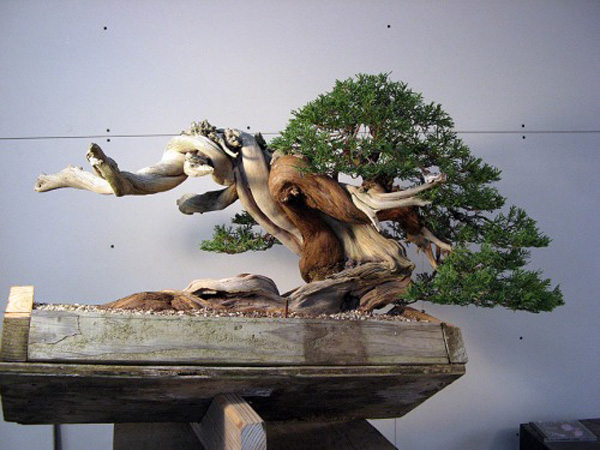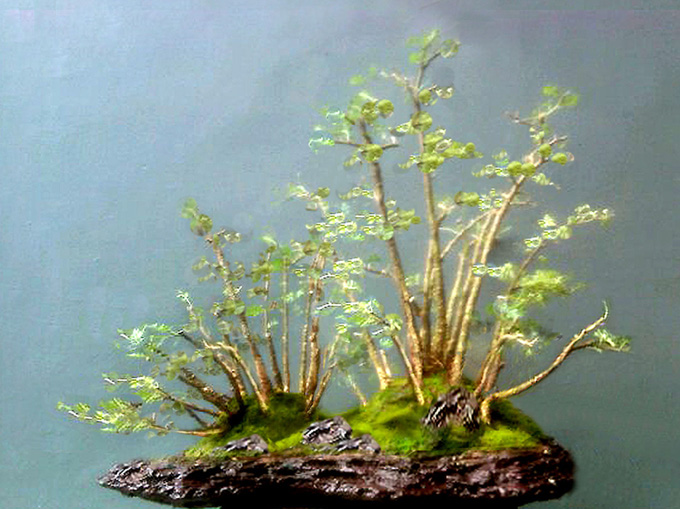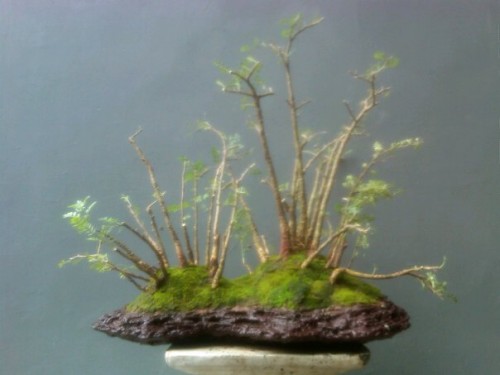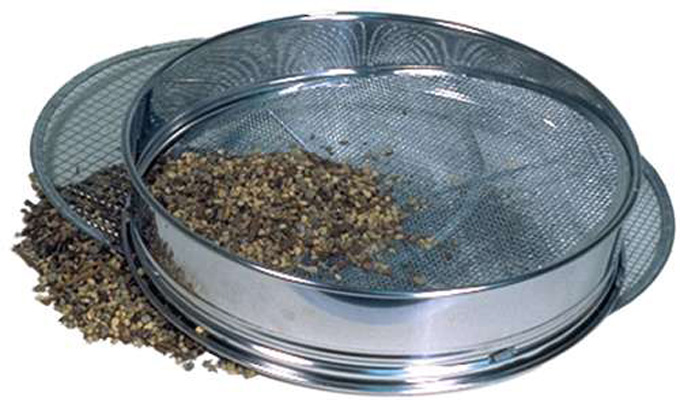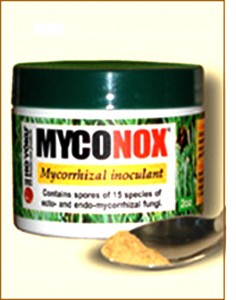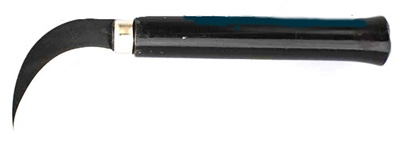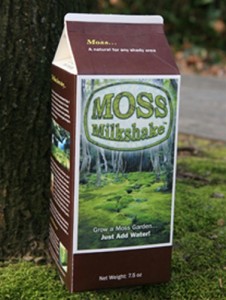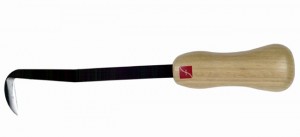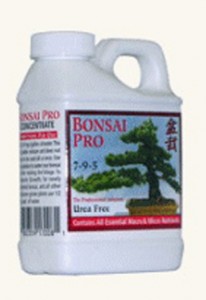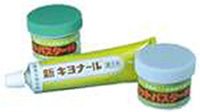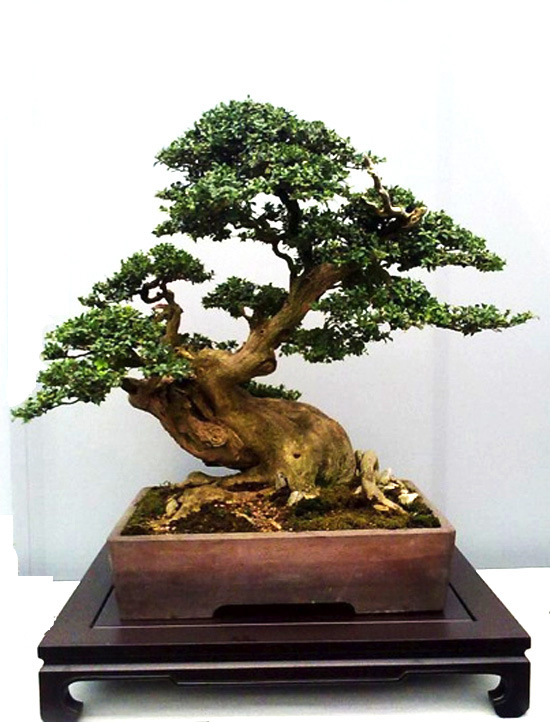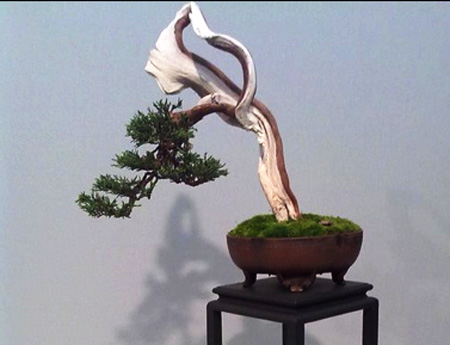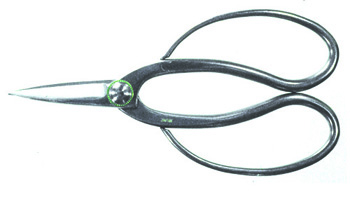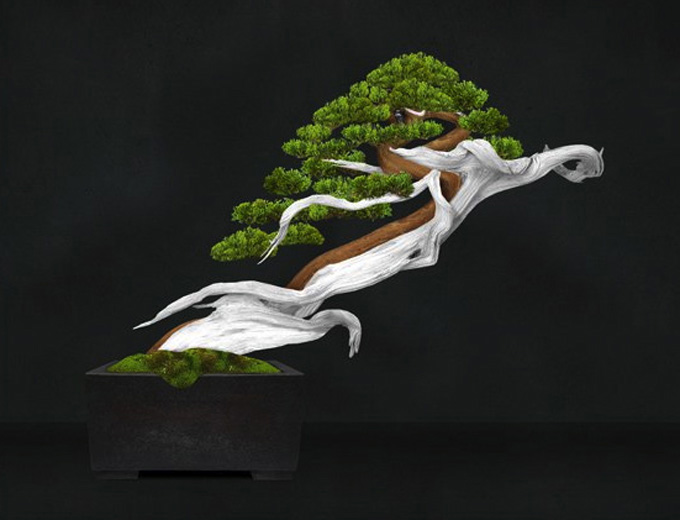 NOTE 3/24/11: I WAS JUST INFORMED THAT THIS IS A SIMULATION OF A MUCH ROUGHER TREE. MY MISTAKE! EVERYTHING THAT FOLLOWS IS WHAT I WROTE BEFORE THE ERROR WAS CALLED TO MY ATTENTION). This is the kind of bonsai that can stir up opinions. I found it on facebook (of course), under My Bonsai by David. Carvalho. If you look closely, you might notice the little concave piece that appears to be missing from the pot.
NOTE 3/24/11: I WAS JUST INFORMED THAT THIS IS A SIMULATION OF A MUCH ROUGHER TREE. MY MISTAKE! EVERYTHING THAT FOLLOWS IS WHAT I WROTE BEFORE THE ERROR WAS CALLED TO MY ATTENTION). This is the kind of bonsai that can stir up opinions. I found it on facebook (of course), under My Bonsai by David. Carvalho. If you look closely, you might notice the little concave piece that appears to be missing from the pot.
What’s your cup of tea?
If you are a big fan of, let’s say Dan Robinson and his remarkably natural looking bonsai (Gnarly Branches, Ancient Trees), then trees like this might leave you cold. However, if you appreciate flowing lines, sharp contrast, dynamic movement and highly stylized foliage, then the type of bonsai art that you see above (and that was pioneered by Masahiko Kimura) might be just your cup of tea.
My not so humble opinion
Not that you asked, but I love Dan Robinson’s raw natural look (Walter Pall’s and others’ too). But I’m also moved by Kimura’s and Carvalho’s (and many others) more abstract, highly stylized trees. When it comes down to it, I don’t think one style negates the other. They can each stand on their own (I also don’t think that bonsai is so simple that it can be broken down into just two types, but that’s a topic for another time).
John Naka’s famous dictum
I think if I had to favor one type, I’d say that the rugged natural look is more pure (whatever that means), especially if you follow John Naka‘s famous dictum: “The object is not to make the tree look like a bonsai, but to make the bonsai look like a tree.” Still, I think there’s room for great diversity in bonsai styles (and in opinions about those styles).
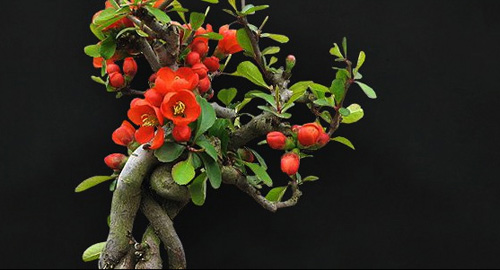 I think the colors of quince flowers are among the most striking brilliant and pure colors you’ll find anywhere. This photo also appears under My Bonsai by David. Carvalho.
I think the colors of quince flowers are among the most striking brilliant and pure colors you’ll find anywhere. This photo also appears under My Bonsai by David. Carvalho.
Compare our NEW REDUCED PRICES on Concave Branch Cutters
 If you want to prune bonsai, concave cutters are indispensable. They come in many sizes and grades and we (Stone Lantern) have most. From low to high:
If you want to prune bonsai, concave cutters are indispensable. They come in many sizes and grades and we (Stone Lantern) have most. From low to high:
Bonsai Aesthetics 8″ Novice grad Concave Cutters: Was $15.75, now $11.05
Bonsai Aesthetics 11″ Novice grad Concave Cutters: Was $27.15, now $18.90
Koyo Standard 8″ Concave Cutters: was $43.25, now $30.50.
Koyo High Quality 8″ Concave Cutters: was $59.20, now $43.95
Koyo High Quality 6.75″ Concave Cutters: was $55.30, now $40.90
Koyo Narrow High Quality 8″ Concave Cutters (pictured below): was $72.15, now $52.65
Koyo Rounded Blade High Quality 8″ Concave Cutters (pictured below): was $82.25, now $62.35
Toyoharu Stainless 7″ Concave Cutters: Was $88.25, now $72.80
Toyoharu Stainless 8″ Concave Cutters: Was $95.85, now $79.30
Koyo High Quality Extra large 10.75″ Concave Cutters: was $105.05, now $78.50
 Toyoharu Stainless 7″ Concave Cutters: Was $88.25, now $72.80
Toyoharu Stainless 7″ Concave Cutters: Was $88.25, now $72.80
Toyoharu Stainless 8″ Concave Cutters: Was $95.85, now $79.30
 Koyo Narrow High Quality 8″ Concave Cutters: was $72.15, now $52.65
Koyo Narrow High Quality 8″ Concave Cutters: was $72.15, now $52.65
 Koyo Rounded Blade High Quality 8″ Concave Cutters: was $82.25, now $62.35
Koyo Rounded Blade High Quality 8″ Concave Cutters: was $82.25, now $62.35
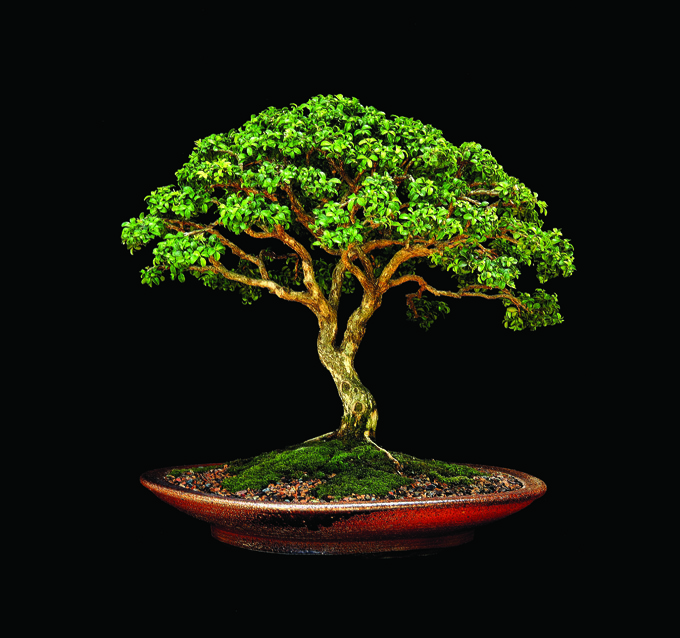 Though I don’t think it was done in one season, still this Dwarf Kingsville boxwood is a pretty good example of a bonsai from nursery stock. So good in fact, that it appeared on the cover of Bonsai Today issue 107. It’s by Michael Persiano.
Though I don’t think it was done in one season, still this Dwarf Kingsville boxwood is a pretty good example of a bonsai from nursery stock. So good in fact, that it appeared on the cover of Bonsai Today issue 107. It’s by Michael Persiano.